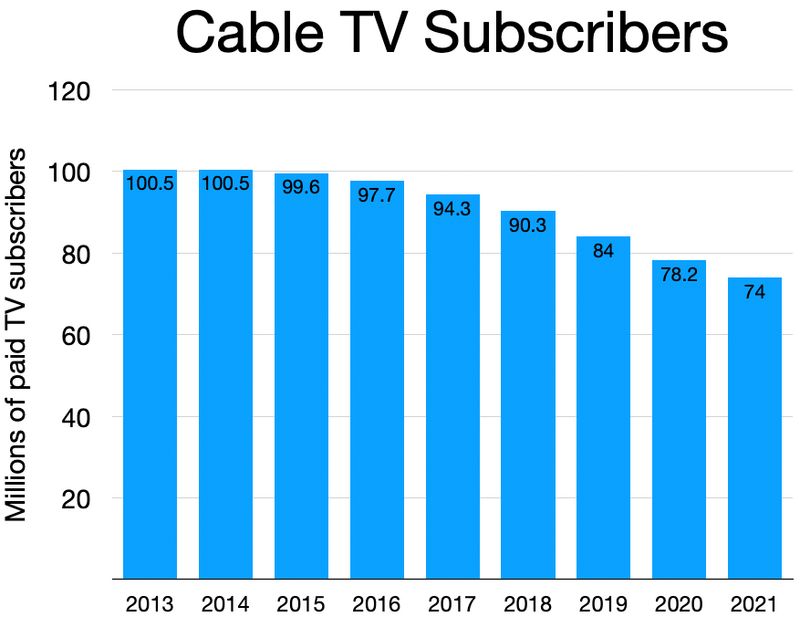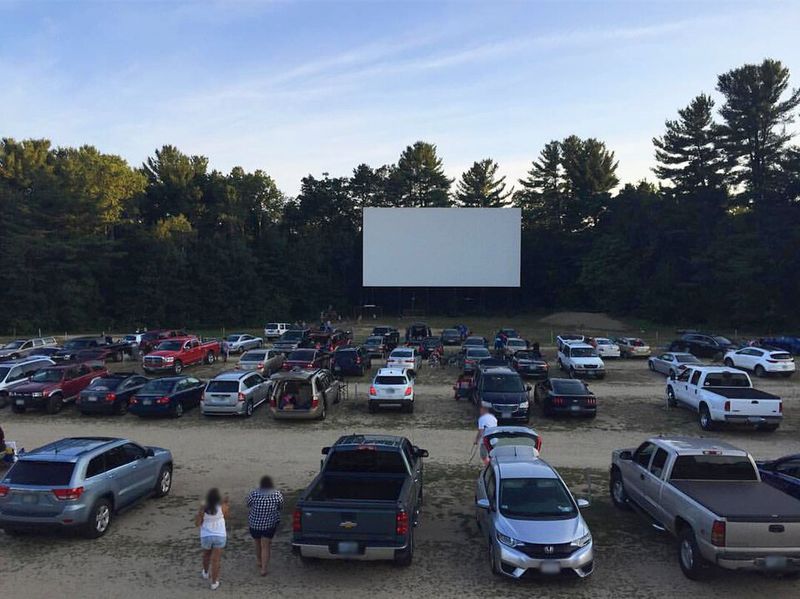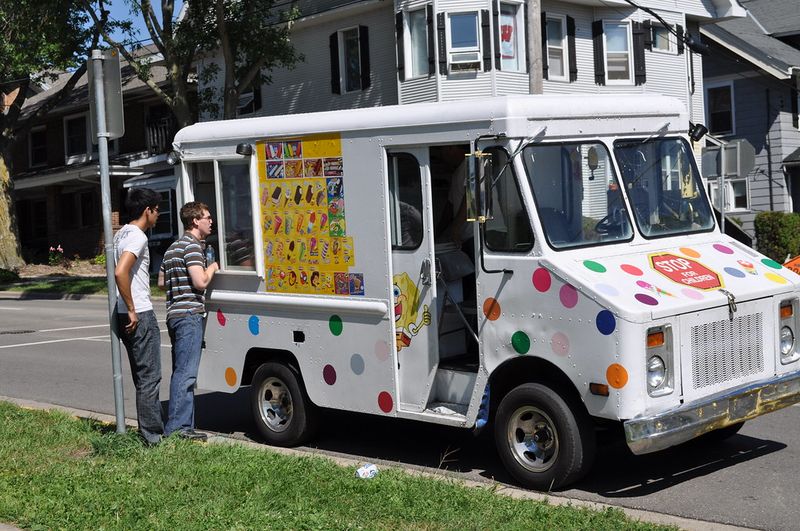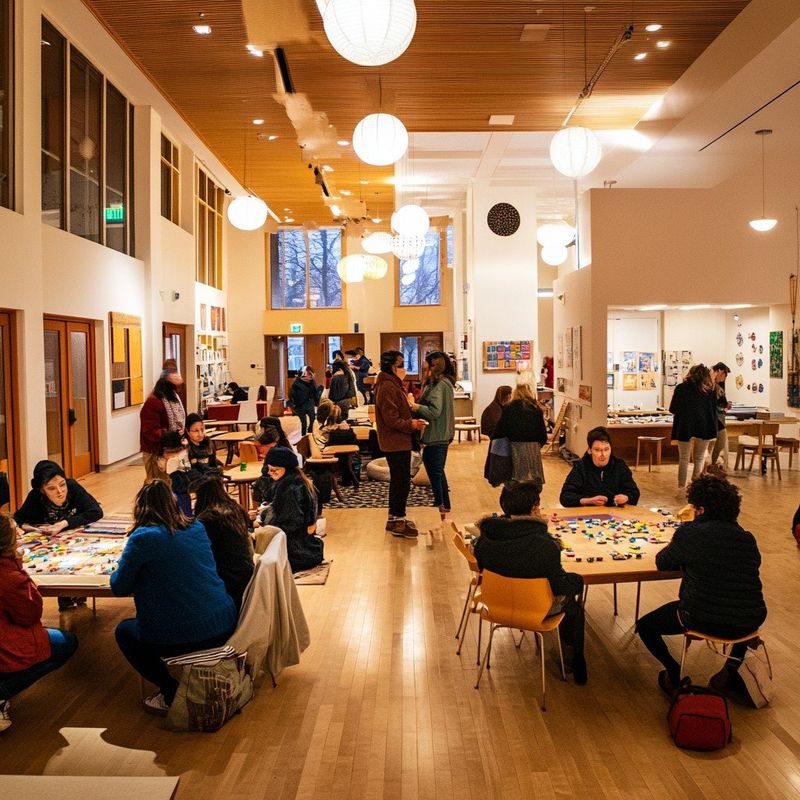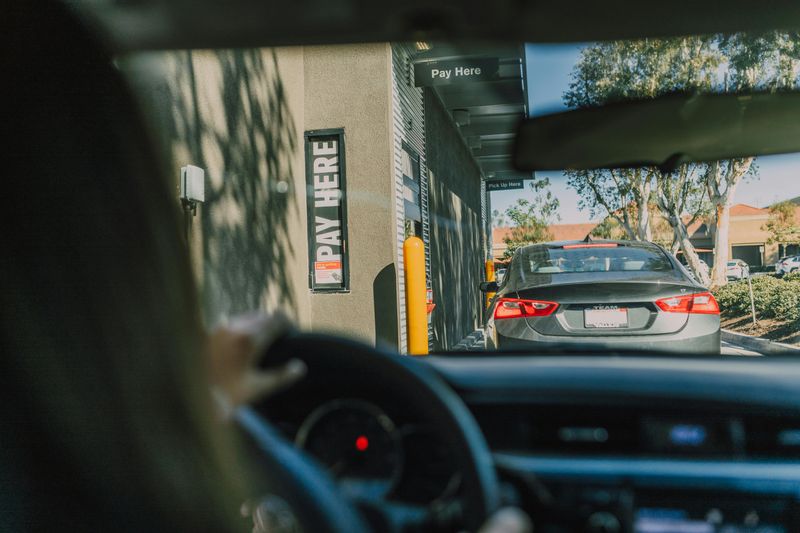America has always been a country of change, but some of the things we’ve loved for decades are now facing an uncertain future. From the way we shop to how we spend our free time, shifting technology and evolving preferences are reshaping daily life. Many beloved traditions, habits, and experiences that once seemed permanent are quietly fading away, and you might be surprised by what’s on the list.
Traditional Cable-Television Subscriptions
Cable bundles are losing ground as streaming, on-demand, and mobile video take over living rooms across America. The era of “tune-in at 8 pm” is fading fast. Families once gathered around the TV at scheduled times, but now everyone watches what they want, when they want.
Streaming platforms like Netflix, Hulu, and Disney+ offer flexibility that cable simply can’t match. Younger viewers especially prefer binge-watching entire seasons over waiting weekly for new episodes. The monthly cable bill, often exceeding $100, feels outdated when streaming costs a fraction.
Many cable companies are scrambling to adapt, but the shift seems irreversible. As more people “cut the cord,” traditional television subscriptions may become a relic of the past within the next decade.
Large Suburban Single-Family Homes
Big homes with spacious yards once represented the ultimate American dream, but that vision is shifting. Remote work, rising construction costs, and changing lifestyle preferences are making smaller, more efficient living spaces attractive. Walkable urban neighborhoods with nearby amenities are gaining popularity, especially among younger buyers.
The maintenance costs and environmental impact of large homes are also driving change. Heating, cooling, and upkeep for sprawling properties can be financially draining. Many people are realizing they don’t actually need five bedrooms and a two-acre lawn.
As housing affordability worsens and climate concerns grow, the massive suburban house may become less dominant. Future generations might prioritize location and community over square footage, fundamentally changing American residential landscapes.
Printed Newspapers & Magazines
Remember the satisfying rustle of opening a fresh newspaper at breakfast? That experience is becoming increasingly rare as digital media dominates. Print circulation has been shrinking for years, with many publications cutting frequency or moving entirely online. The convenience of instant news on smartphones has fundamentally changed reading habits.
Advertising revenue, which once sustained print journalism, has migrated to digital platforms. Many iconic magazines have shuttered their print editions or reduced publication schedules. Local newspapers, once vital community institutions, are disappearing at alarming rates.
While some niche publications still thrive, the broader trend is clear. Physical newsprint may soon become a specialty item rather than a daily staple, preserved mainly by nostalgic collectors and specialty audiences.
Cable News Stalwarts
Linear news channels that once commanded massive audiences are now fighting for relevance. Social media, streaming platforms, podcasts, and niche digital outlets have fragmented the news landscape. Viewers, particularly younger ones, prefer customized news feeds over scheduled programming on cable networks.
The traditional business model of cable news is under serious pressure. Advertising dollars are flowing to digital platforms with better targeting capabilities. Trust in mainstream news sources has also declined, pushing audiences toward alternative information sources they find more authentic.
While cable news won’t disappear overnight, its dominance is clearly waning. Networks are adapting by creating digital content and podcasts, but the glory days of appointment television news may never return.
Drive-In Movie Theatres
Drive-in theaters were once iconic American gathering spots where families watched movies under the stars. Now they’re vanishing from the landscape. Rising land costs make these large properties attractive for development, and competing entertainment formats have siphoned away audiences. Virtual reality, home theaters, and streaming services offer convenience that drive-ins can’t match.
Changing consumer habits also play a role. Younger generations accustomed to high-definition screens and surround sound find the drive-in experience less appealing. Maintenance costs for aging projection equipment and weather-dependent operations create additional challenges.
While some drive-ins survive as nostalgic attractions, their numbers continue dwindling. What was once a summer tradition for millions may soon exist only in memory and vintage photographs.
Ice-Cream Trucks in Neighbourhoods
The distinctive jingle of an ice-cream truck once meant instant excitement for kids everywhere. That sound is becoming rarer in many neighborhoods. Tighter health regulations, urbanization, and competition from food trucks and delivery apps are squeezing out traditional ice-cream vendors. Changing neighborhood dynamics also matter—fewer kids play outside unsupervised, reducing the customer base.
Insurance costs and permit requirements have made the business less profitable. Many vendors struggle to sustain operations in an economy where margins are tight. Parents are also more cautious about street food and prefer knowing exactly what their children consume.
While ice-cream trucks still operate in some areas, their golden age has passed. The classic “ding-ding” may soon become just another nostalgic childhood memory.
Traditional Print Photo Albums
Flipping through a physical photo album used to be how families relived memories together. Now those albums gather dust while thousands of images sit in cloud storage. Digital photography has made taking pictures effortless, but printing them has become increasingly rare. Smartphones and cloud services like Google Photos store everything automatically, eliminating the need for physical albums.
The ritual of selecting, printing, and carefully arranging photos has largely disappeared. Younger generations might never experience the tactile pleasure of handling printed photographs. While some still create albums for weddings or special occasions, everyday memory-keeping has gone completely digital.
This shift means convenience but also fragility. Digital files can be lost or corrupted, whereas physical albums endure. The traditional photo album may become an endangered artifact of pre-digital life.
In-Person Social Clubs & Community-Centres
Bowling leagues, Rotary clubs, and community centers once formed the backbone of American social life. Participation in these organized groups has been declining for decades. Digital socializing through apps and social media offers easier connections without the commitment of regular meetings. People’s schedules have also become more fragmented, making consistent attendance difficult.
The decline affects community cohesion in subtle but important ways. Physical spaces where neighbors met and built relationships are closing. Younger generations especially prefer flexible, informal social arrangements over structured club meetings.
While some organizations adapt by moving activities online, the loss of physical gathering spaces changes community dynamics. The era of thriving neighborhood clubs and packed community centers may be ending permanently.
High-Street Malls
Shopping malls were once vibrant social hubs where teenagers hung out and families spent weekends. Now many stand empty or repurposed. E-commerce growth has fundamentally changed retail, with consumers preferring online shopping’s convenience. Store closures have created ghost malls with vacant corridors and shuttered storefronts.
The pandemic accelerated this trend dramatically. Even before COVID-19, malls faced challenges from changing shopping habits and rising rents. Department stores that anchored malls for generations have filed bankruptcy or closed locations. What remains often struggles to attract tenants and foot traffic.
Some malls are being converted into housing, offices, or entertainment venues. The traditional American mall experience—browsing stores, grabbing food court meals—may soon be just a nostalgic memory for older generations.
Drive-Through Fast-Food Dominance
Drive-thru burger-and-fries restaurants defined American convenience food for generations. That dominance is now being challenged from multiple directions. Plant-based alternatives, delivery apps, ghost kitchens, and growing health consciousness are reshaping fast food. Younger consumers especially prioritize nutrition and sustainability over traditional fast-food offerings.
Delivery services like DoorDash and Uber Eats have made drive-thrus less necessary. Ghost kitchens—restaurants existing only for delivery—operate without physical locations customers visit. Environmental concerns about car-centric dining also influence preferences, particularly in urban areas.
Traditional fast-food chains are adapting with healthier menus and delivery partnerships. However, the classic model of idling in a drive-thru line for burgers and fries may lose its cultural prominence as food culture evolves.
Alcohol-Centered Socialising
Bars and alcohol have traditionally anchored American social life, but younger adults are drinking significantly less. Surveys consistently show millennials and Gen Z consume less alcohol than previous generations. Health consciousness, wellness trends, and alternative social activities contribute to this shift. Sober-curious movements and non-alcoholic beverage options are gaining mainstream acceptance.
Social media also plays a role—people are more aware of how alcohol affects appearance and behavior when everything gets posted online. Mental health awareness has highlighted alcohol’s negative impacts. Additionally, younger adults face financial pressures that make expensive bar tabs less appealing.
This generational shift could fundamentally change American social culture. Bars and alcohol-focused venues may need to adapt significantly as their core customer base evolves toward sobriety.
Cow’s-Milk as the Default Beverage
Cow’s milk dominated American refrigerators for over a century as the unquestioned default. That dominance is now seriously challenged. Plant-based alternatives—almond, oat, soy, coconut—have exploded in popularity. Lactose intolerance awareness, environmental concerns about dairy farming, and changing taste preferences drive this shift.
Younger consumers especially embrace milk alternatives as normal rather than specialty items. Cafes now routinely offer multiple milk options, treating dairy as just one choice among many. Grocery stores dedicate entire aisles to plant-based beverages that barely existed twenty years ago.
Dairy milk remains popular, but its automatic status as the standard beverage is ending. Future generations may grow up considering plant-based options equally normal, fundamentally changing American beverage culture and agricultural priorities.
The “American Dream” of Home-Ownership by 30
Owning a home by age thirty was once a standard American milestone. That timeline has become unrealistic for many young adults today. Housing affordability has worsened dramatically, with prices outpacing wage growth in most markets. Student debt burdens delay saving for down payments, and career instability makes long-term commitments difficult.
Changing priorities also matter. Many young people value flexibility, travel, and experiences over property ownership. Urban living without car dependence appeals more than suburban homeownership. The 2008 housing crisis also left lasting psychological impacts about homeownership as a guaranteed investment.
This shift challenges fundamental assumptions about American adulthood and success. The traditional model of homeownership as a universal goal may give way to more diverse definitions of financial achievement and stability.
Physical Wallets & Cash Payments
Bulky wallets stuffed with cash and cards are becoming less common. Digital payments, mobile wallets, and contactless transactions are rapidly replacing physical currency. Apps like Apple Pay, Venmo, and Cash App make carrying cash unnecessary for many transactions. Even street vendors and farmers markets increasingly accept digital payments.
Younger generations especially embrace cashless living. Cryptocurrency and digital banking further reduce the need for physical money. The pandemic accelerated this trend as businesses promoted contactless transactions for health reasons. Many establishments now operate entirely cashless.
Cash won’t disappear completely—some situations and populations still depend on it. However, the thick wallet full of bills and the habit of stopping at ATMs may become obsolete for most Americans within the next decade.
Traditional Newspaper Classifieds & Job Listings
Flipping through newspaper classifieds to find jobs or apartments was standard practice for decades. That ritual is nearly extinct. Online platforms like Indeed, LinkedIn, Craigslist, and specialized job sites moved this function to the internet years ago. The transition happened so completely that younger workers might never have seen a newspaper classified section.
Local newspapers that once relied on classified revenue have suffered financially. The loss of this income stream contributed to widespread newspaper closures and consolidation. Digital listings offer searchability, instant updates, and broader reach that print could never match.
While some small community papers still run classifieds, they’re vestigial remnants of a bygone era. This once-vital newspaper feature has been completely replaced by digital alternatives that are faster, cheaper, and more effective.
Large Print Book Reading for Leisure
Curling up with a good book used to be America’s favorite pastime. Reading for pleasure has declined significantly, especially among younger generations. Competing entertainment options—streaming services, social media, video games—consume time once spent reading. Attention spans shaped by rapid digital content make sustained reading more challenging.
The percentage of Americans who read books regularly has dropped steadily. While audiobooks and e-readers maintain some reading culture, physical leisure reading has particularly suffered. Busy schedules and screen fatigue also contribute to declining reading habits.
This trend raises concerns about literacy, critical thinking, and cultural engagement. While reading won’t disappear entirely, its role as a primary leisure activity seems to be fading, potentially changing how future generations engage with literature and ideas.

